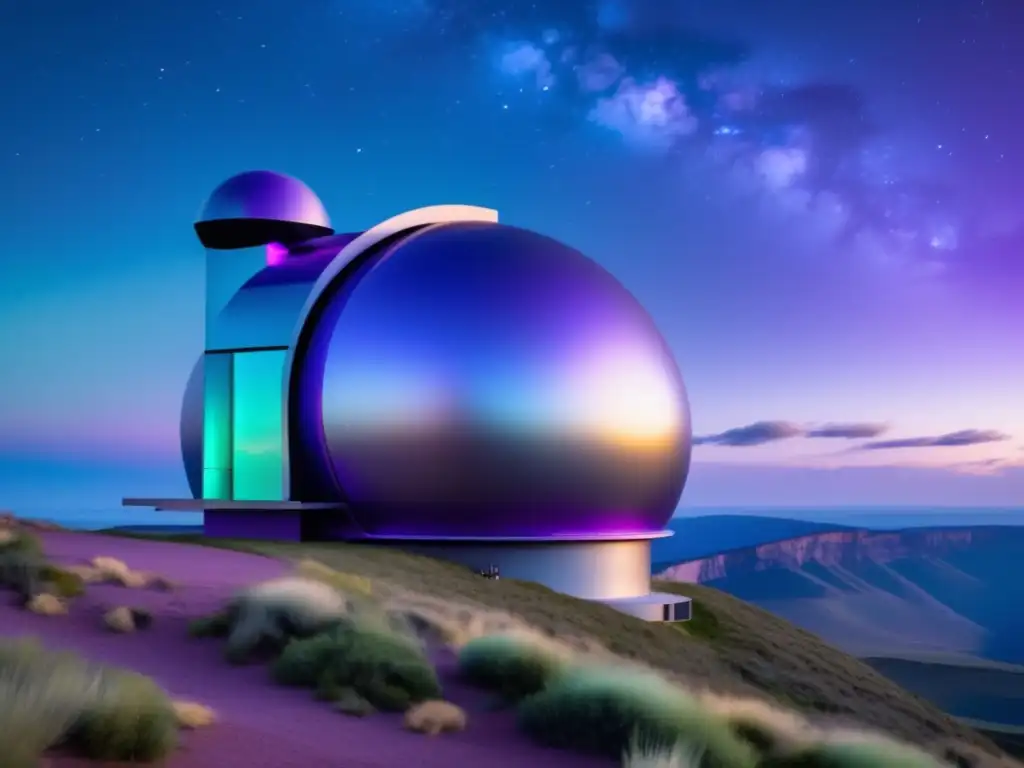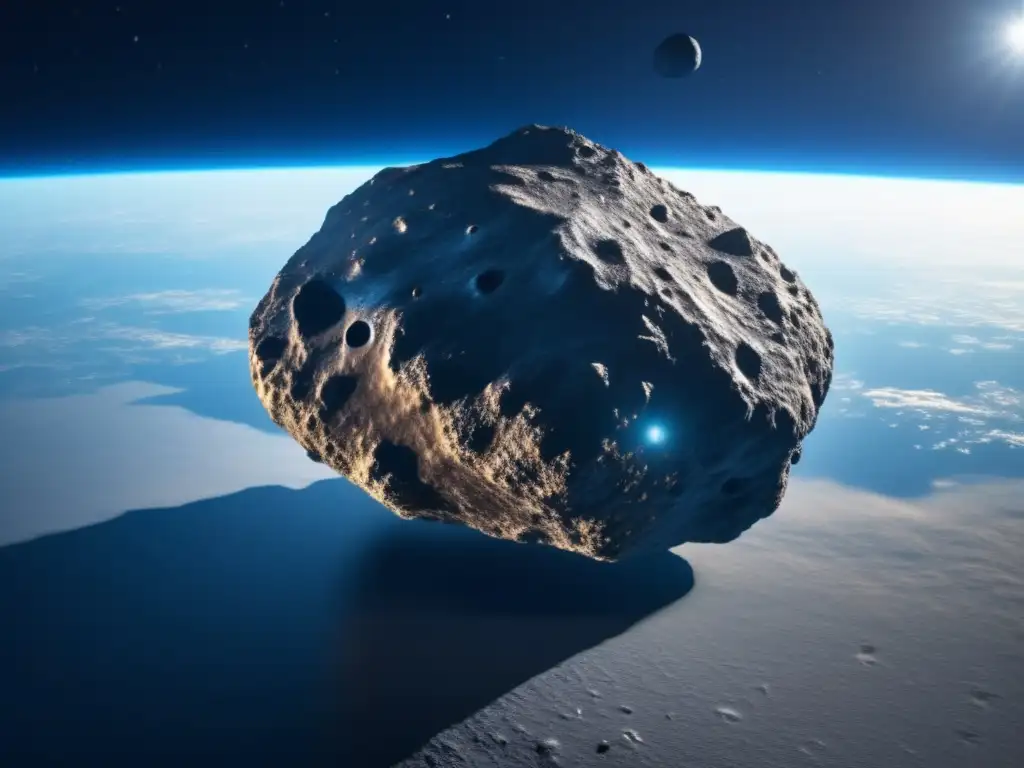Asteroid Observation: A Family Activity

Introduction
Asteroids have fascinated humans for centuries, and their study continues to captivate both scientists and enthusiasts alike. One of the most exciting aspects of asteroid exploration is observation, and it can be a wonderful activity for families to enjoy together. In this article, we will explore how observing asteroids can become an engaging family activity, providing valuable knowledge about these celestial objects and fostering a love for astronomy.
The Basics of Asteroid Observation

Getting Started with Observing Asteroids
To begin observing asteroids, you'll need some basic equipment, such as a telescope or a pair of binoculars. Telescopes offer a more detailed view, while binoculars provide a wider field of vision. Additionally, a star chart or a smartphone app can be helpful in locating asteroids in the night sky.
Choosing the Right Time and Place
A clear, dark sky away from city lights is ideal for asteroid observation. Plan your observation sessions during moonless nights for better visibility. Be patient, as some asteroids may require multiple observations to track their movement accurately.
Recording and Reporting Your Observations
Maintaining a record of your observations is crucial for contributing to the scientific community. Note down the date, time, location, and other relevant details. Various organizations, such as the International Astronomical Union's Minor Planet Center, accept amateur observations and use them to refine asteroid orbits and classifications.
Engaging Activities for the Whole Family

Create an Asteroid Observation Journal
Encourage each family member to maintain their own asteroid observation journal. They can record their observations, sketch the appearance of different asteroids, and note any interesting findings or experiences during the observation sessions.
Organize Theme Nights
Make observing asteroids a fun and educational experience by organizing themed nights. For example, you could have a "Space Snacks" night, where everyone enjoys celestial-themed treats while observing asteroids. Another idea is to dress up as astronauts and explore the night sky together.
Start an Asteroid Club
Consider starting an asteroid club within your family. Assign different roles such as president, vice president, secretary, and treasurer. Have regular meetings to discuss observations, plan future activities, and learn more about asteroids as a group.
Answering Common Questions

How often do asteroids pass close to Earth?
Asteroids passing close to Earth are relatively common. However, the distance and frequency vary depending on the size and orbit of each asteroid. Some may pass by a few times a year, while others may visit only once in several decades.
Are there any precautions for observing asteroids?
When observing asteroids, always prioritize safety. Never look directly at the Sun or use your telescope/binoculars to observe the Sun without proper solar filters. Also, be aware of your surroundings and keep away from obstacles or slippery surfaces in the dark.
Can I observe asteroids with just my eyes?
While some larger asteroids can occasionally be visible to the naked eye, using binoculars or a telescope will significantly enhance your observation experience. They allow you to see finer details and track the movement of smaller asteroids.
What are some notable asteroids to observe?
There are many exciting asteroids to observe, such as Vesta, Ceres, and Pallas. These larger asteroids offer unique features for observation. Additionally, keep an eye out for near-Earth asteroids, as they provide opportunities to witness asteroids relatively close to our planet.
How can I contribute my observations to scientific efforts?
Amateur astronomers can contribute their asteroid observations to organizations like the International Astronomical Union's Minor Planet Center. They accept and appreciate amateur observations, which help refine our understanding of asteroid orbits and characteristics.
Conclusion
Asteroid observation is not only a fascinating activity but also a fantastic way to engage the whole family in scientific exploration. By observing and studying these celestial objects, families can gain valuable knowledge about asteroids while fostering a love for astronomy. Remember to keep records of your observations, participate in scientific initiatives, and continue exploring the wonders of our universe together.
Encourage the reader to share their thoughts in the comments section and to positively interact with www.asteroidrealm.com, whether by subscribing, sharing the article on social networks, or other forms of participation. Thank the reader for their time and attention.
Additional Resources

For further information on asteroid observation and related activities, check out the following resources:
- International Astronomical Union's Minor Planet Center
- NASA's Asteroid Watch
- Sky & Telescope Magazine
- The Astronomical League
 The Role Of Amateur Astronomers In Asteroid Discovery
The Role Of Amateur Astronomers In Asteroid Discovery Planetary Alignment And Its Impact On Asteroid Observation
Planetary Alignment And Its Impact On Asteroid Observation Asteroid Hunting With Refractor Telescopes: A Guide
Asteroid Hunting With Refractor Telescopes: A GuideIf you want to discover more articles similar to Asteroid Observation: A Family Activity, you can visit the Telescopes and Asteroid Observation category.
Leave a Reply

Articulos relacionados: